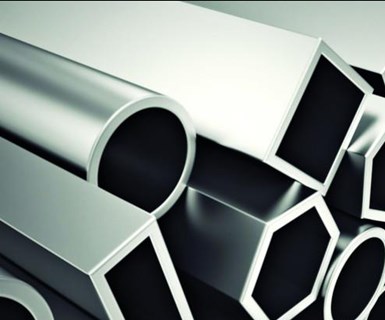Conversion Coatings Optimized for Aluminum Anodizing
Bonderite technologies developed for three key steps of degreasing, etching and hot or cold sealing in the aluminum anodizing process.
Henkel’s Bonderite is for degreasing, etching and hot or cold sealing in the aluminum anodizing process.
Bonderite C AK 62115 is a non-etching, one-component degreaser, which is said to be a long-life etching additive for outstanding E6 finish, and a high-productivity hot sealing as well as a nickel-free cold sealing additive. It was developed for brightened or high-gloss aesthetic parts that can’t be etched for anodizing. According to the company, it simplifies product handling versus conventional two-component alternatives, and is reliable in removing residual brushing paste from the part surface.
Bonderite C AK 62250 can be custom tailored to combine the required high etching and finishing levels with excellent bath stability, including reduced dragout and no foaming. The company says this also makes it an economic compromise between caustic soda and other long-life etching products.

Henke’s Bonderite M ED 11011 is a hot sealing additive. According to the company, it was developed to at least double the standard life span of sealed parts and increase the productivity of single-step hot sealing by a minimum of 20%. It is said that hot sealing with this product takes exactly 3 min/μm, fixed, as a standard sealing time. By reducing the makeup of the bath by 50% or more, the solution also results in a smaller CO2 footprint and substantial cost savings per square meter of hot sealed material.
According to the company, Bonderite M ED 11150/11151 is designed for cold sealing for anodized aluminum and is completely nickel-free, without compromising process time or sealing quality, and is also QUALANOD approved.
RELATED CONTENT
-
Masking for Surface Finishing
Masking is employed in most any metal finishing operation where only a specifically defined area of the surface of a part must be exposed to a process. Conversely, masking may be employed on a surface where treatment is either not required or must be avoided. This article covers the many aspects of masking for metal finishing, including applications, methods and the various types of masking employed.
-
Smut and Desmutting
Question: I am new to this industry and have heard about smut and desmutting operations.
-
An Overview of Electroless Nickel Plating
By definition, electroless plating is metal deposition by a controlled chemical reaction.















